Vinegar is a fan favourite here at E-Dry. We love cleaning with this natural grime-busting product and it’s the key ingredient in many of our home cleaning solutions.
But first, a history lesson.
It was discovered by accident more than 10,000 years ago and its name is a derivative of a French term, vin aigre, meaning ‘sour wine’. According to The Vinegar Institute, vinegar was used during the American Civil War to treat scurvy, and in World War I to treat wounds. We all know about the cooking benefits, but it’s got some other impressive cleaning uses, too.
What makes Vinegar a Fantastic Cleaner?
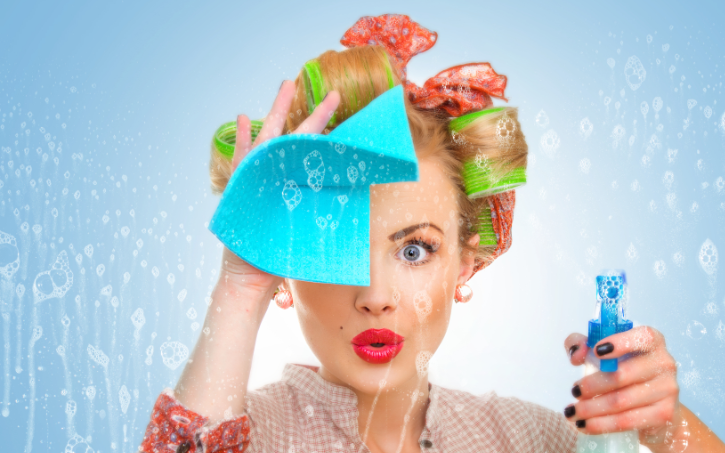
There’s about 5% acidity in most household vinegar products, which makes it great at loosening up mineral deposits while removing alkaline residues, such as soap scum.
While there are some great things you can clean around the home with vinegar, there’s also some things you should definitely avoid using vinegar on.
This is our list of vinegar cleaning do’s and don’ts – enjoy!
Do
I’ve stocked up on vinegar at my house – it’s great for so many jobs! Here’s some of my favourites.
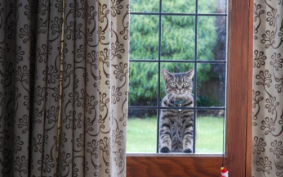
● Shine up your windows: Use a 1:5 ratio of vinegar to water and wipe those windows for streak-free shine.
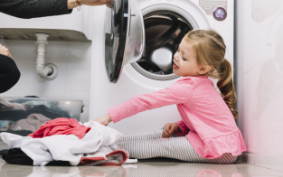
● Wash the Washing Machine: You just need to pop one cup of vinegar into an empty washing machine and run a hot cycle. We recommend adding while clothes are being washed (during the rinse cycle is best) because it will help soften fabric.
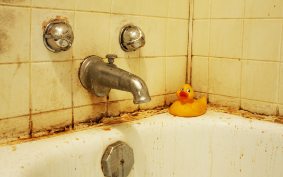
● Brighten the Bathroom: Vinegar is great for cleaning your shower and vanity taps. My tip? Soak a cloth in vinegar and place it around the base of the tap.

● An All-Purpose Cleaner: Combine vinegar with water and a few drops of essential oil in a glass spray bottle for a deliciously scented cleaner for around the home.
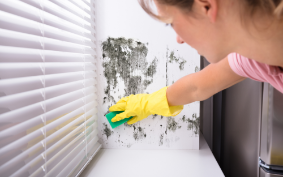
● Master the Mould: Moisten your tiles or mouldy area with some water, fill a spray bottle with 1:1 mix of water and vinegar with about 15 drops of Tea Tree Oil, shake and spray on the affected areas. Leave for 20 minutes and rinse! You may need to leave it for a little longer if it’s a severe case. If the mould persists, you may need to bring in professionals.
Don'ts
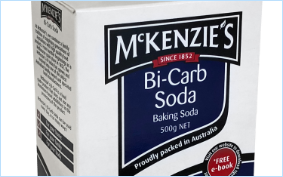
● DON'T combine Vinegar with Bi-Carb soda. If they are used separately, both can have strength but Bi-Carb and Vinegar used together are relatively useless. Bi-Carb soda is a base, while vinegar is acidic (mixing together creates water and carbon dioxide). Mixing them creates a fizzing reaction, but they also react and cancel each other out, creating nothing but slightly salty water.
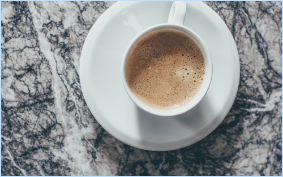
● DON'T use vinegar to clean natural stones. Vinegar’s acidity can cause etching on tiled and benchtop surfaces such as marble or granite. You could just use water and mild detergent to clean.
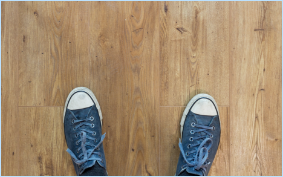
● DON'T clean your wood floors with vinegar. As the wood floor experts, we’ll advise you why this is a big no-no. When you clean your floors, you’re not actually cleaning the wood, you’re cleaning the protective coating that’s been applied. The vinegar’s acidity wears down that finish and fades your floor.
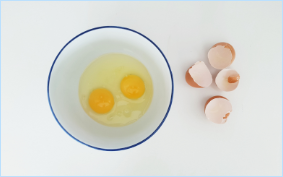
● DON'T clean up eggy messes. If you’ve dropped an egg (or two!) on your floor or benchtop, vinegar should never be used to clean it. The properties in vinegar speed up the protein hardening process – this is why we put vinegar into the saucepan when poaching an egg.
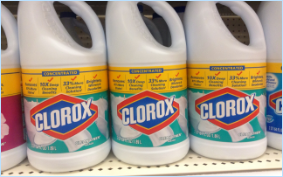
● DON'T mix it with bleach. You may already know we’re not too keen on bleach at E-Dry. You should avoid combining bleach and vinegar, especially in your washing machine. Mixing them creates chlorine gas, which can be an irritant to the eyes, throat and lungs. Play it safe and forget about this combo altogether!
SUBSCRIBE TO OUR NEWSLETTER
Sign up for email promotions, tips and special offers.



